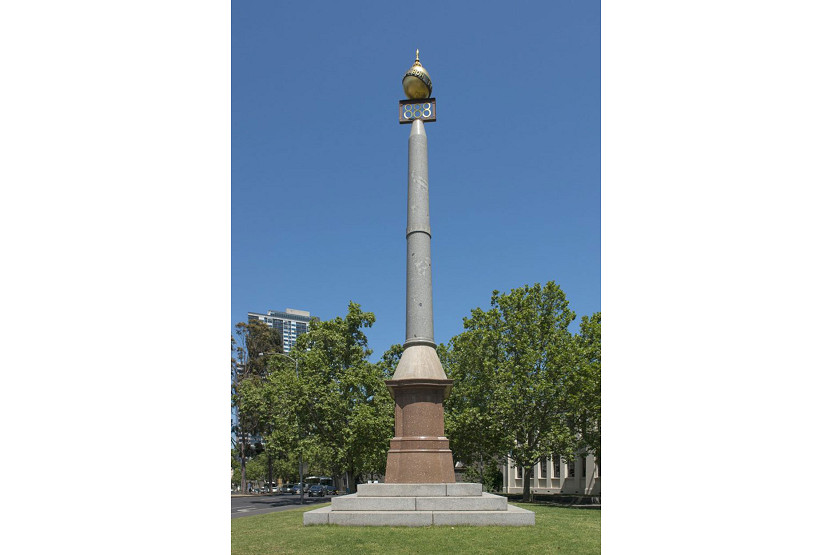Lest we forget
It is timely to consider the North Melbourne War Memorial, situated on the corner of Hawke and King streets, as we prepare to celebrate ANZAC Day.
It is also referred to as a cenotaph, which means a sepulchral monument to honour someone whose body is elsewhere.
It was unveiled by Lord Somers, Victoria’s Governor, on Sunday, July 11, 1926, having been erected by members of the North and West Melbourne Red Cross Society and paid for by public donation.
Mr Clement Davies, the society’s president, gave a speech in which he quoted the figures of 1240 men enlisted from North and West Melbourne, of whom 520 had died. Lady Somers laid the first wreath at the base of the memorial, and friends and relatives of those who had died added flowers that rose to a height of several feet (The Argus, July 12, 1926).
A traditional ceremony is held every year on the Sunday before ANZAC Day that is organised jointly by the Australian Legion of Ex-Servicemen and Women together with North Melbourne’s The Centre. This year it will be held at 2 pm on Sunday, April 21.
The memorial stands on a two-stepped base, the lower base bearing the names of the three major theatres of the First World War: “Palestine”, “Gallipoli”, and “France”.
Although it was built to commemorate those killed during World War I, the memorial has been extended to include later wars: the Second World War, and wars in Korea, Malaysia, Sabah Sarawak, and Vietnam.
The National Archives of Australia quotes a total population at the time of the 1914-1918 conflicts of about four million, and the 416,809 men who enlisted for service represent 38.7 per cent of the total male population aged between 18 and 44. Of these, an estimated 58,961 died, 166,811 were wounded, 4098 went missing or were made prisoners of war, and 87,865 suffered sickness.
The total battle casualties for the Australian Imperial Force in Palestine and Syria were 416 officers and 4435 other ranks, with 96 officers and 1278 enlisted men dying from wounds and disease (City of Paramatta History website).
Much has been written about the fighting in Gallipoli and France. But the campaign in the Middle East that was fought to defeat the Ottoman Empire has not been as extensively covered. The history of Palestine and the Middle East is complex, but the recent book by Ranulph Fiennes tells the story of Lawrence of Arabia in an absorbing and easily read way that gives an insight into the history of the area and helps give an understanding of the root of some of the problems that are being played out in Palestine today.
H G Wells wrote the book The War That Will End War, published in 1914, shortly after the war began. The words were also used by US President Woodrow Wilson to justify America’s entry into the war in 1917. But the war’s legacy has generated more and more conflicts, the most immediately concerning being the current war in Palestine.
So let us not forget the approximately 33,000 killed, 79,000 wounded and 7000 missing Palestinian people at this stage in the current conflict, as well as those Israelis captured and killed by Hamas, as we reflect on the meaning of ANZAC Day. And let us not forget the mental health issues and post-traumatic stress, and ongoing physical and psychological trauma that will live with the populations of both Israel and Palestine into the foreseeable future. •
Felicity Jack for the Hotham History Project

Jo Ryan unveils Ordered Chaos at Blender Studios





 Download the Latest Edition
Download the Latest Edition